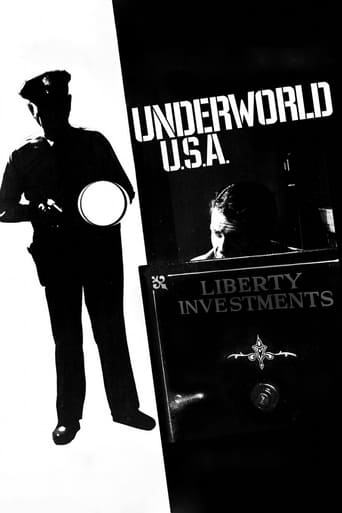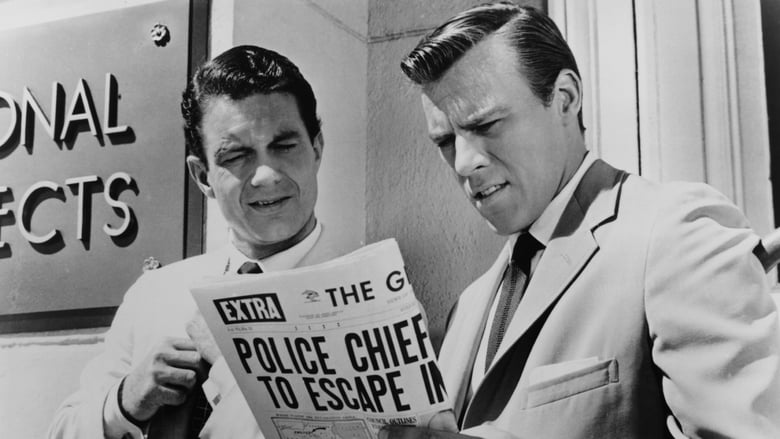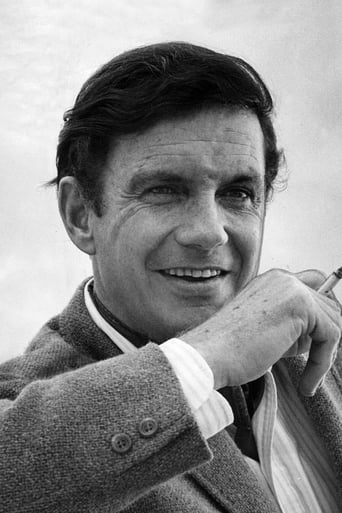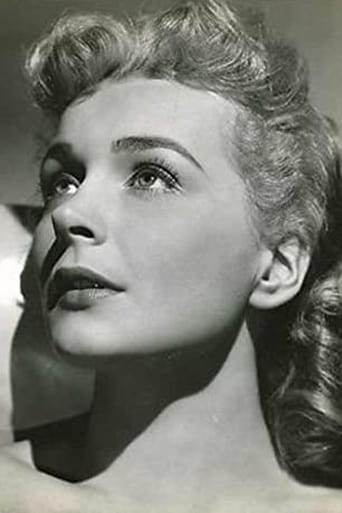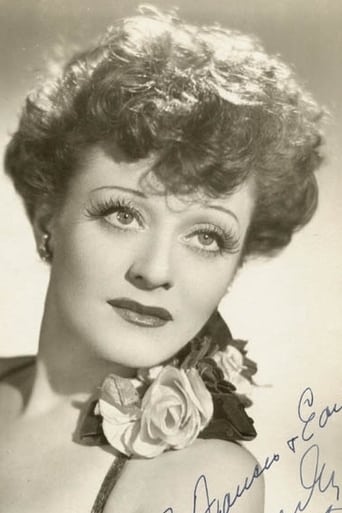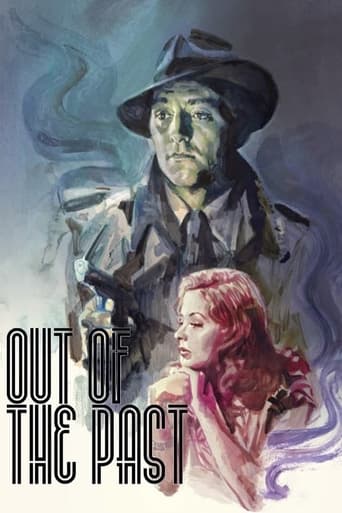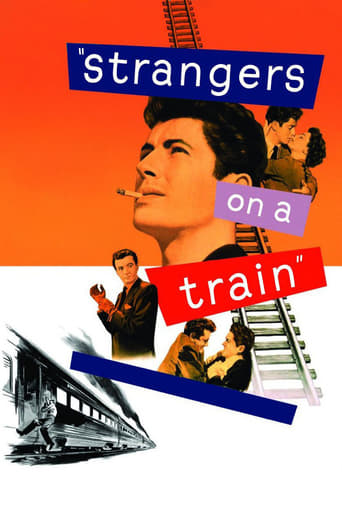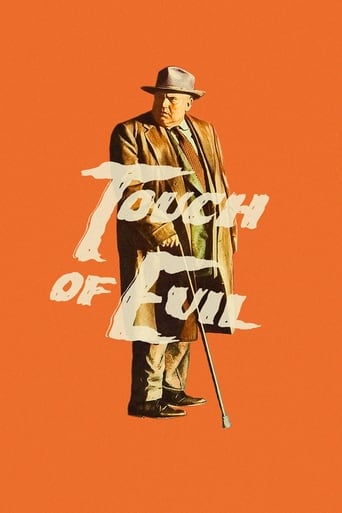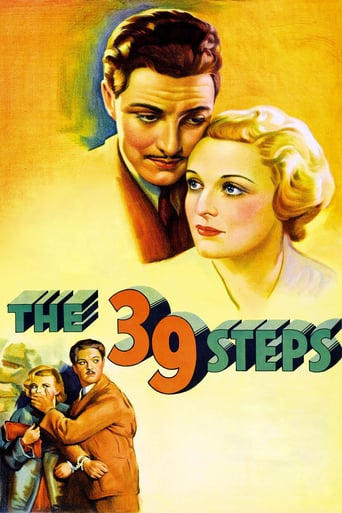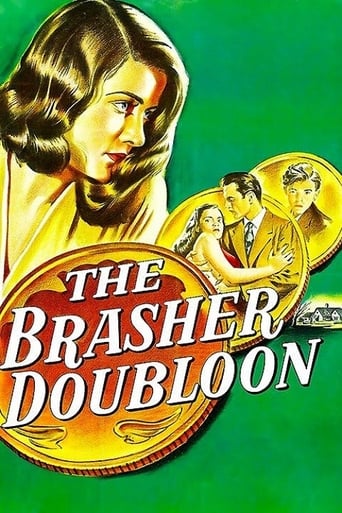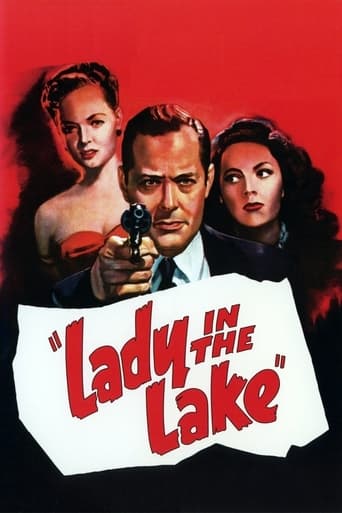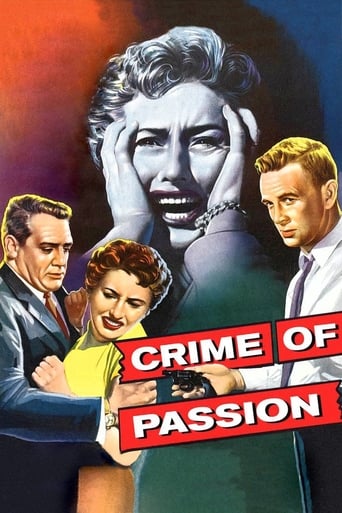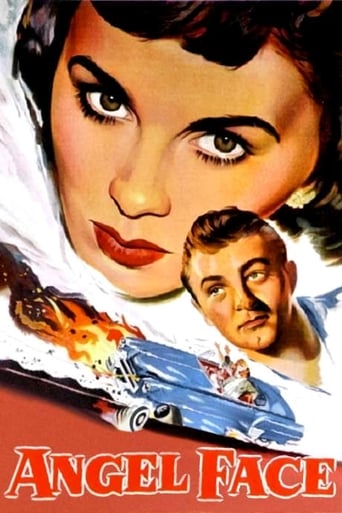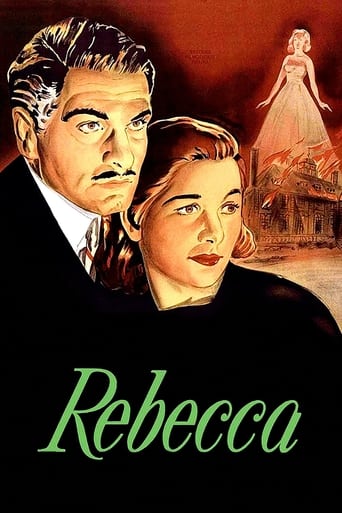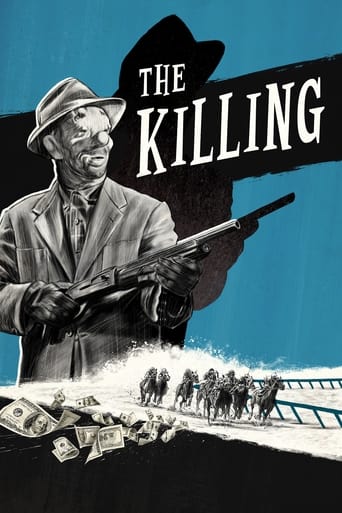Underworld U.S.A. (1961)
A bitter young man sets out to get back at the gangsters who murdered his father.
Watch Trailer
Cast


Similar titles
Reviews
For starters - I'm sorry to say, but I just cannot take any movie seriously where its femme fatale goes around by no other name but "Cuddles" (or, when not being called "Cuddles", she is frequently being referred to (even in her presence) as "The Broad").But, besides that, this low-budget, 1961, Crime/Revenge picture repeatedly fell far too short of my expectations far too often. And, before long, it became something of a predictable bore.Yes. There were some interesting frame-ups and ruthlessly violent moments in Underworld USA that briefly held my attention. But, right from the start, I took a strong disliking towards the story's protagonist, Tolly Devlin. And, that alone, significantly reduced my chances of ever caring about Tolly's tiresome, self-centred predicament as he tirelessly sought out vengeance for the beating death of his father by 4 low-life thugs.Right from the start (at the age of 14), Tolly was already a despicable, thieving, little street-rat who heartlessly rolled drunks just for a handful of change.So, by the time Tolly had reached adulthood and was on a full-fledged mission of revenge over his father's death (who was nothing but a drunk & a two-bit thief, himself), I just couldn't have given a bloody damn about the unrelenting nature of his "modus operandi" as he recklessly sought out his own idea of poetic justice. I just wanted to see Tolly dead (just like the rest of the street-dirt who prevailed in the story).Because it was so painfully obvious to see that Underworld USA was filmed on a mighty tight budget its story was, often-times, unintentionally quite funny, especially during scenes shot on actual city streets. Whether it was night or day, these avenues were always conspicuously void of both people and cars.The one scene in Underworld USA that really killed me was when Gus (a vicious thug without as much as a trace of conscience) deliberately runs down a child on a downtown, residential street, in broad daylight. To be sure, this was definitely one of those priceless movie-moments that really has to be seen for it to be fully appreciated in all of its total b-grade cheesiness.Anyways - I guess that I was just expecting a little too much from this film. And so, in the long run, I certainly felt that I got double-crossed and grossly short-changed in the final deal.
The exact definition for 'film noir' is a tad vague. While some elements of noir are easy to agree upon (they are gangster/crime films and tend to be gritty and realistic), others are not. To me, a noir film MUST be made in black & white. As to my interpretation of noir, you would have to say that after the early to mid-1960s, noir disappeared in America because films were then all made in color--though they continued to make a few noir films in France--using black & white a bit longer. In light of this, UNDERWORLD USA would have to be among the last American noir movies--and probably the last great one. Now the fact that I loved this film surprised me--though I knew that Sam Fuller could make some dandy films. What made me assume the worst was that I just couldn't imagine Cliff Robertson in the lead in such a dark and gritty style of film. Boy was I wrong--as he proved to be more than equal to the task.The film begins with Tolly Devlin a teenager and well on his way to becoming a career criminal. However, this is interrupted by the beating death of his father by several unknown assailants. The only one young Tolly saw was a guy who was soon sent to prison for life--and it would be tough for Tolly to cross-examine him to find out who did it--after all, he wanted revenge. In an odd move, Tolly appeared to work hard to be caught so he, too, could make it to state prison to talk to this killer. Years pass, but finally he's able to talk to the guy--who is on his deathbed. He learns the other men's identities and comes up with an amazingly intricate plot to get them--intricate because now, a decade later, these men are very, very powerful gangsters. Just approaching them and killing them would be very difficult.I don't want to talk about all the ins and outs of the plan, but in the process several unexpected things occur. First, he actually is able to help the crime commission by taking out these gang members and works closely with them. It is NOT because he has any fondness for law & order but they are a means to his end...period. In addition, he helps a young lady who is caught up in the mob and begins, for the first time, to actually care about someone. Slowly, you see humanity appearing within Tolly and by the end of the film, he is, for the first time, thinking of something other than himself or revenge. As for the ending, it is dandy--making the film well worth seeing.There really isn't anything much to complain about here. The story is original and exciting, the acting is very good and the film appears to have been very well made--though it does lack some of the interesting camera work some noir films employed--not a problem, but I do like the dark shadows and smoke used in some examples of this genre. There is an interesting mistake, however, in the final climactic scene. Tolly falls into a swimming pool and only minutes later, as he's running from the gang headquarters, he's inexplicably dry!! And, for that matter, the death scene at the end is a bit overdone--but not in a way that particularly harms the overall film.If you care, I have seen just about every film Sam Fuller made and I would say that this and STEEL HELMET are probably his very best. He had an amazing knack for making lower budget films that still delivered lots of action and suspense--a lot like super-high quality B-movies.
Only recently discovered this film, and as a fan of film noir, I found it a pleasant surprise.Fuller creates a pretty hardboiled piece -- not only is this classic noir, focused on the theme of revenge and betrayal, but also there is plenty of cynical, and for the times, quite graphic violence.The actors turn in solid, even exceptional performances and the camera work and lighting show good craftsmanship. A solid screenplay rounds this piece out nicely. The only reason I can think this has not received more exposure is that it comes very late in the noir genre (1961).Catch it if you can, it's well worth your time.
I had seen this movie only once before, and that was 20 years ago. A lot of the concerns of his masterpiece, "The Naked Kiss," are addressed in it. In some ways, it's more horrifying because it is about what it says it's about: the underworld and, more to the point, the USA. "The Naked Kiss" is, to me, a great movie and also a parable.(As to Fuller's "best": In terms of polish, it's probably "Pickup on South Street." That movie has most of his eccentricities but uses major stars and is suspenseful and exciting.) Cliff Robertson does a fine job here as the single-minded man out to avenge his father's killing. Dolores Dorn is touching as the girl from the underworld with whom he becomes involved.The supporting cast could scarcely be better. Paul Duboy is perfect as the slimy Gelo. Richard Rust is shockingly effective as the underworld henchman.But Beatrice Kay is the standout. She plays the tough female who almost always appears in Fuller's films. (Thelma Ritter's Mo, in "Pickup on South Street, is the most poignant.) We believe that this gal is tough. We also believe that she has a soft side.When I was too young to appreciate it, an older friend gave me a paperback book about actresses in b-movies, called "Dames." On the cover is a shot from this film: Dorn and Kay are leaning on each other. Kay looks tough as a guard dog and Dorn has bandages over one eye.The movie is filled with Fuller's most important concerns: At one point, a rooftop swimming pool is pointed out. It is, one character tells another, for the fat cats -- and now and then for underprivileged children. The hypocrisy of some so-called charity is addressed here. So is Fuller's concern for the well-being of children.I don't think this is out on DVD. You need to find it on VHS. It's absolutely a must.

